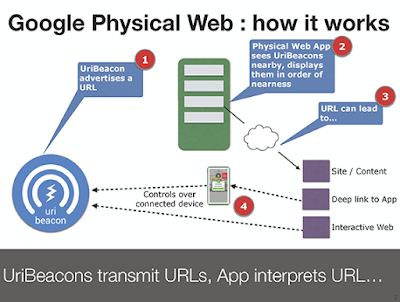"Not everything that can be counted
counts, and not everything that counts can be counted." - Albert
Einstein
Curiously
I Googled ‘big data’ vs Web Analytics Post ’ to understand a coherent relationship
between the two.
The
interest for ‘big data’ search over
a time has taken a steep rise that may be attributed to unpresented hype.
However, what is more surprising is that “the search interest” for ‘web analytics’, appears to be flat. Notwithstanding the fact that big data
originated from the internet, web analytics, which is essentially a study of
tracking visitors’ behavior, does not scale up as much as big data. Ideally,
there should have been progression in web analytics since both complement each
other, but I don’t see this happen if we look at the trend.
With
artificial intelligence, cognitive computing, and deep learning, big data is
advancing with lots of promises. Web analytics too is getting smart as
analytics has gone through a significant improvement in data collection process
over a period of time. Both have the same objective – to help workforce take
more informed business decision. Nonetheless, web analytics is crawling while
big data is taking leapfrog.
What
really warrants the growth of web analytics? To my understanding, one of the
important reasons among others is – lack of technical understanding in using
analytics, and our inability to interpret the findings aligned with a business
goal. In other words, there is an obvious gap between privilege of recommendations/suggestions
and power of decision, possibly due to “complex hierarchy” of an organization.
If I were granted one wish, it would be a “holacracy” model that I want for a
data-driven company to adopt like Zappos has embraced despite all criticisms. This may bring in a fair understanding and
acceptance of analytics, which I believe, an integral part of progression to
the web analytics to the next level.
I’ve
worked with both good and bad web analytics team all through my experience. To
my utter surprise, I could not see the best ones were ever empowered enough to
provide business insights at tactical level. They were asked to “support” a
business. They get locked in their cubical circle to perform KRAs. Sorry, but
it’s an astute reality that these poor guys, like express mails, are only used
to deliver the data and messages!
Inevitably, exasperation prevails on them for
their “under-ability” tasks juxtaposed to those awful analysts whose “extra
ability” looks exaggeratedly ‘extra’ than necessary. In our industry, its unfortunately
true that many professionals in digital marketing don’t understand the data
collection process, real time analytics, cohort analytics, attribution model,
interest level, heat map, tagging, market segmentation, and so many other real
metrics which are of paramount importance today.
All they fathom is traditional
metrics such as sessions, page views, bounce rate, time spent, etc., which I
believe, are losing their grounds, as browser is becoming smarter and so is
analytics tool. Add to this apathy, they feel comfortable by looking at
numbers, graphs and share insights based on their prediction of the future
impacts? The basics descriptive metrics can no way lead to predictive and
prescriptive analytics,
and an organization should never pin its hope on such analysis.
In
gist, web analysts can never become the trailblazers of big data, nor do big
data complement the growth of web analytics unless these bottlenecks are
eliminated, or at least minimized.























